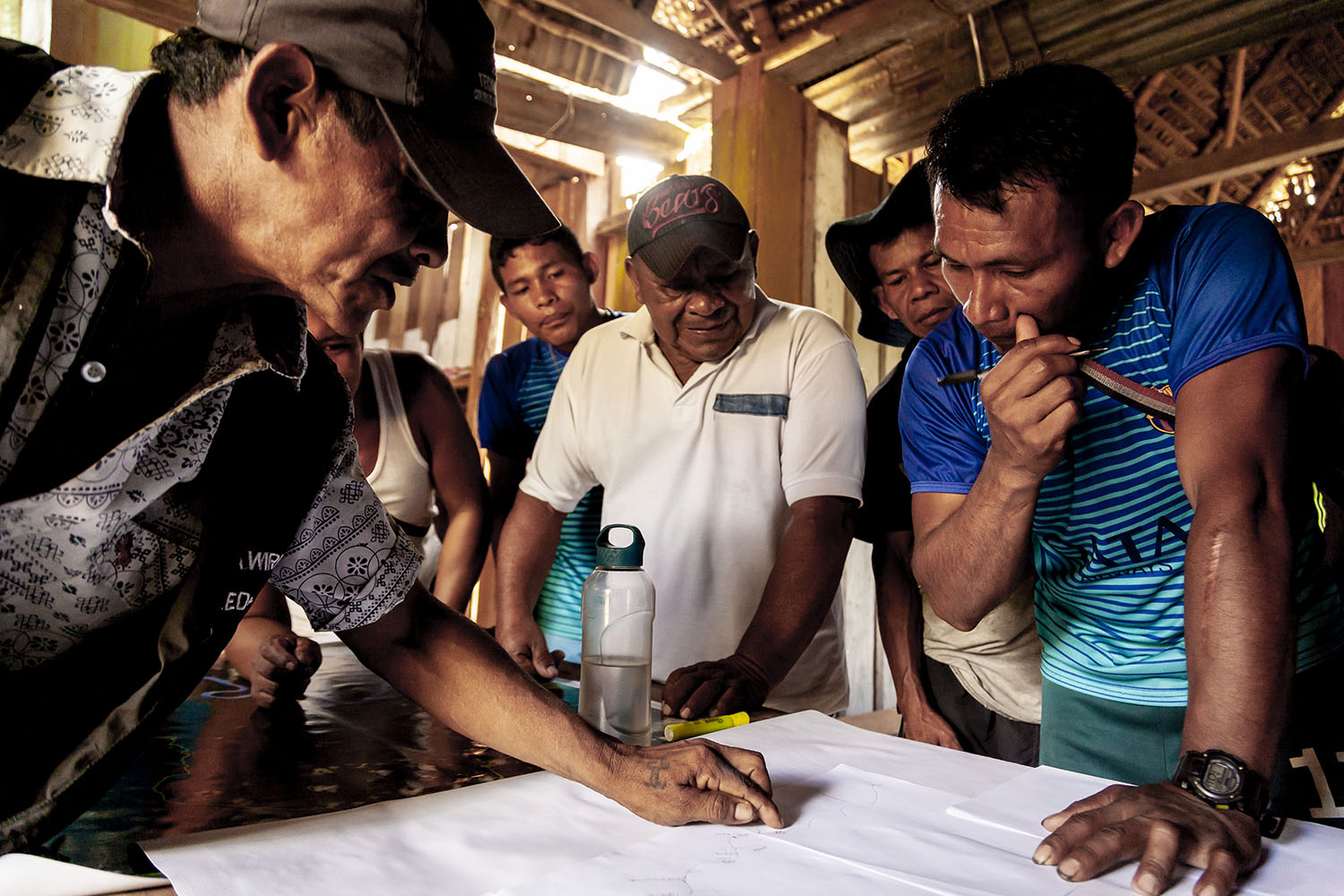The LAND-at-sale project in Colombia was the first LAND-at-scale project to kick off. With its mid-term review just concluded, the project provides interesting insights into the challenges of not only achieving tenure security but sustaining it over time within a complex context. LAND-at-scale interviewed Piet Spijkers at Kadaster International, to learn more about their approach to achieve and sustain tenure security in Colombia through the LAND-at-scale project.
- What are the challenges in Colombia when it comes to achieving tenure security?
“Challenges in Colombia with regard to achieving [land] tenure security cannot be seen without looking at tenure security from a "helicopter view" towards Colombian society. As in all Latin American countries, land tenure is related to historical developments since colonial times. When 19th century independent Colombia defined its land tenure rules, and land property became more clearly defined in the central Andean and inter Andean regions, indigenous lands became to be seen as privately owned, occupied or possessed lands. During the 20th century the indigenous peoples have been assigned so-called Resguardos Indigenas, indigenous reserves, now totalling nearly 30 % of Colombia´s territory. The remainder is privately owned land, mostly without legal property documents, and state domain land, so-called tierras baldías. How much either category covers, is unknown. For most rural land property, tenure security tends to be fragile; while informal property rules and documents are respected within the rural communities, banks do not accept those as collateral for a loan or mortgage.
The LAND-at-scale project aims at achieving improved land governance, including sustainable economic empowerment for collectively held lands by indigenous (and afro colombian) peoples. One particular challenge is to find an acceptable balance between "modernist" economic growth with its associated social improvements, and indigenous appreciation and holding to traditional values, which may question those modernists' ways.”
- What will your strategy be in the LAND-at-scale project to address these challenges? How do you ensure the solutions proposed are sustainable?“
“By doing fieldwork in resguardos indigenas we are learning how to approach those value definitions and finding practical solutions. We also address cases of deficient definitions of resguardos borders and possible consequent disagreements with neighbouring peasant lands. We are making some progress with the Arhuaco indigenous ethnicity in the Sierra Nevada de Santa Marta on the North Coast region of Colombia, and also in the Coreguaje and Makaguaje ethnic groups in the Colombian Amazon region.
We also made a contract with the Law Faculty of a reputable Colombian University, to find a legal base for our land administration methodology.”
- The LAND-at-scale project in Colombia has just completed its mid-term review. Are there any lessons learned with regards to sustainability of tenure that emerged from this review, that could also benefit other project implementers?
“One positive conclusion from the mentioned mid-term review was that a combination of our strategies on upscaling of results was worthwhile. These are combining bottom up results obtained by field work in indigenous reserves together with trying to adjust administrative and legal rules with respect to the Fit for Purpose methodology from the national government, i.e. top down. “
|
To learn more about Kadaster’s approach to involve indigenous communities and particularly youth groups, have a look at this video:
|
This project in Colombia is part of the LAND-at-scale program. LAND-at-scale is funded by the Ministry of Foreign Affairs of the Kingdom of the Netherlands and managed by the Netherlands Enterprise and Development Agency (RVO). Read more about LAND-at-scale here or sign up for our quarterly newsletter.


